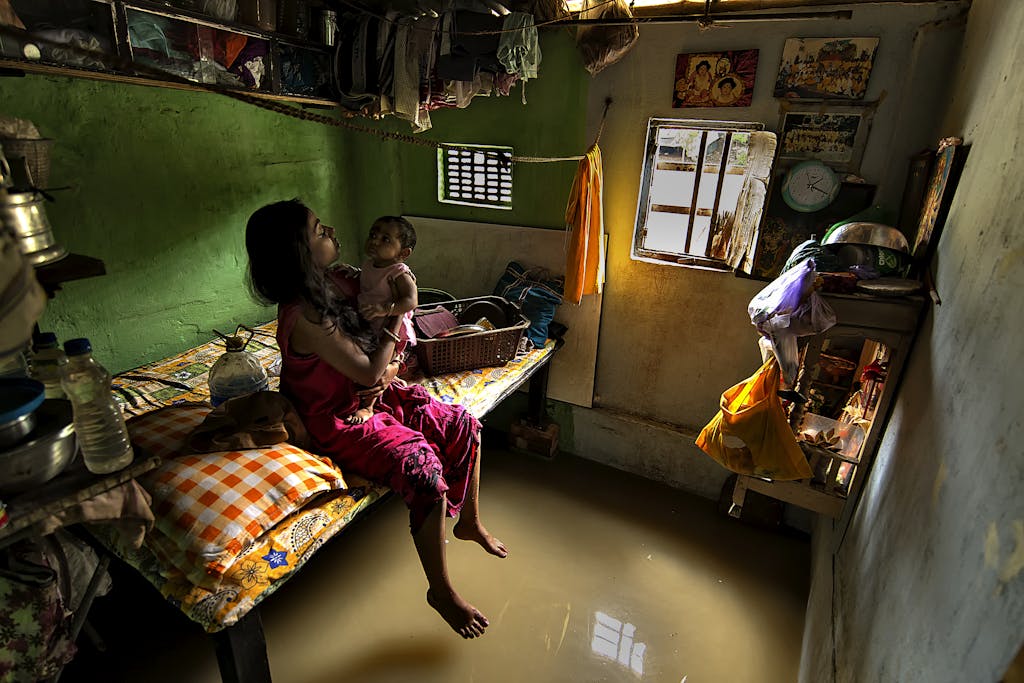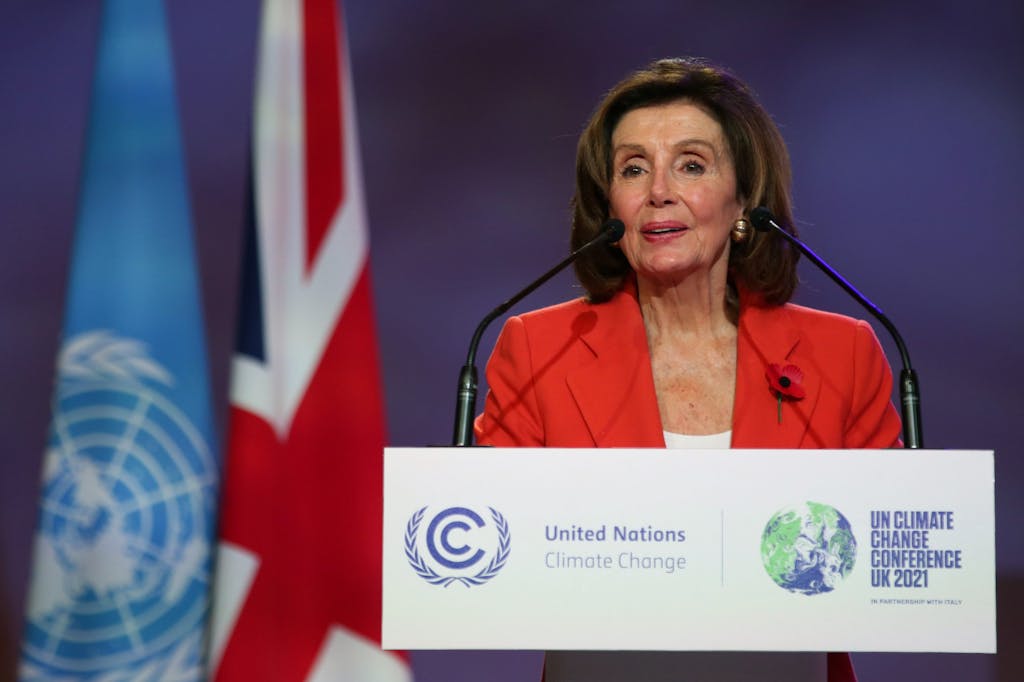Girls and women do not experience climate change in the same ways as boys and men. The reason? Historical and structural gender inequalities — which also affect how, and to what extent, girls and women can lead, make decisions, take action, and advance solutions to combat climate change.
Explicit and implicit social norms and laws have imposed differentiated powers, roles, and responsibilities on women and men in all aspects of life. Girls and women — especially those living in the Global South — bear an unequal responsibility for securing food, water, energy, and other vital resources as well as for caring for the young and elderly — all of which place them at greater risk of experiencing detrimental climate impacts. For example, girls and women often suffer the most when heat waves, droughts, severe storms or other extreme climate events strike. They face physical and mental health complications, bear the burden of traveling farther to collect scarce food, water, and firewood, and are often forced to stay behind in disaster-prone areas to care for the vulnerable.
In addition, girls and women have been prevented from full and fair participation in the global climate action movement. They continue to face gender-specific violence and harassment as a result of their climate activism, remain underrepresented in global climate negotiations, and their solutions are drastically under-resourced.
The fact is environmentalism has always been a women’s issue.

A mother and child sit above a flooded floor in their home in Kolkata, India. Photo: Joydeep Mukherjee / Climate Visuals Countdown
The intersection of gender and climate
Here are five ways in which gender inequality and climate change intersect, threatening livelihoods, well-being, and progress for girls and women around the world:
1. Women face barriers to leaving areas prone to climate change and natural disaster.
The World Bank’s 2021 Groundswell report found that climate change could force up to 216 million people to move within their countries by 2050. Migration decision-making in the face of climate risks is informed by gender roles and responsibilities. Women often face increased barriers to leaving disaster-prone areas because of their caregiving obligations, lack of financial assets, and limited rights to land and property. When they do manage to leave, girls and women face higher risks of unemployment, child marriage, human trafficking, and gender-based violence.
2. Women face disproportionately high health risks from the effects of climate change.
Climate change threatens reproductive and maternal health. Increases in temperature, rainfall, and humidity create favorable conditions for vector-borne diseases, such as malaria, dengue fever, and Zika virus, which can cause miscarriages, premature birth, and anemia among pregnant women. And the February 2022 report from the Intergovernmental Panel on Climate Change (IPCC) found that girls and women are also at higher risk of food insecurity than boys and men, are more likely to die in extreme weather events, and are more likely to experience mental health impacts caused by climate change.
3. Gender-specific threats are used to silence female environmental leaders.
For generations, women across the world have shown resilience and leadership in protecting their communities, land, livelihoods, and natural resources. And yet, female environmental defenders consistently experience disproportionately high rates of gender-based violence as a result of their activism. These assaults range from verbal abuse and harassment based on sex, to intimidation, exclusion, sexual abuse, and rape. All are meant to undermine their voice and leadership in these movements.
4. Women are excluded from decision-making spaces and climate change negotiations.
Despite the unequivocal value of women’s participation in climate movements and their history as environmental defenders, men still fill 67% of climate-related decision-making roles and women’s representation in national and global climate negotiating bodies remains below 30%. Women’s leadership and full participation in the climate movement are essential if we want to design solutions and responses to the climate emergency that address women’s differentiated needs and protect their rights.
5. Female-led groups do not receive sufficient climate funding.
The Generation Equality Action Coalition on Feminist Action for Climate Justice found that just 3% of philanthropic environmental funding supports girls’ and women’s environmental activism. Additionally, female-led organizations, which are often small, have difficulty accessing funding from climate finance providers, which mostly invest in large-scale projects, starting at $10 million. But because of their societally imposed caregiving roles, girls and women have a deep understanding and extensive knowledge of their natural environment and resources. Financing their vision and backing their ideas for sustainability is key for successful climate change adaptation and mitigation, regardless of the dollar value of their projects.
Advocating for women in climate leadership
Despite women’s leadership in the grassroots climate movement and their particular vulnerability to climate change, gender has yet to be adequately integrated into climate plans, policies, and strategies.
The 2022 SDG Gender Index, published by Equal Measures 2030, a leading global partnership on accountability for gender equality and the Sustainable Development Goals (SDGs), provides a snapshot of where the world stands on the vision of gender equality embedded in the 2030 Agenda. The results of the index are staggering: Insufficient progress has been made on gender equality at the global level between 2015 and 2020. Of the 17 SDGs, Goal 13 (climate action) was one of the three lowest-scoring goals. What’s more, even high-performing countries on the index were found to have weaknesses on gender equality under SDG 13.

Speaker of the U.S. House of Representatives Nancy Pelosi addresses climate leaders on Gender Day of COP26 in Glasgow, Scotland. Photo: Kiara Worth/ UNFCCC
With only eight years left to deliver on the promise of the SDGs, increasing women’s leadership and decision-making power in the climate space is urgently needed. Research shows that when women are adequately represented, there is a positive impact on sustainable natural resource management and climate change adaptation activities, including setting aside protected land areas and ratifying multilateral environmental agreements.
The nexus between climate and gender equality is receiving rightly renewed attention and focus on the international level. Both the Generation Equality Forum and the 66th session of the Commission on the Status of Women, which this year considered the theme of gender equality in the context of climate change, are elevating the intersections and the urgency of tackling the gender dimensions of climate. We must keep this momentum going and keep pushing for greater recognition, participation, and funding in the global climate action movement for girls and women everywhere. Indeed, we will be able to ensure the lasting, transformative change our planet so desperately needs only when we fully account for and include all people who call it home.







